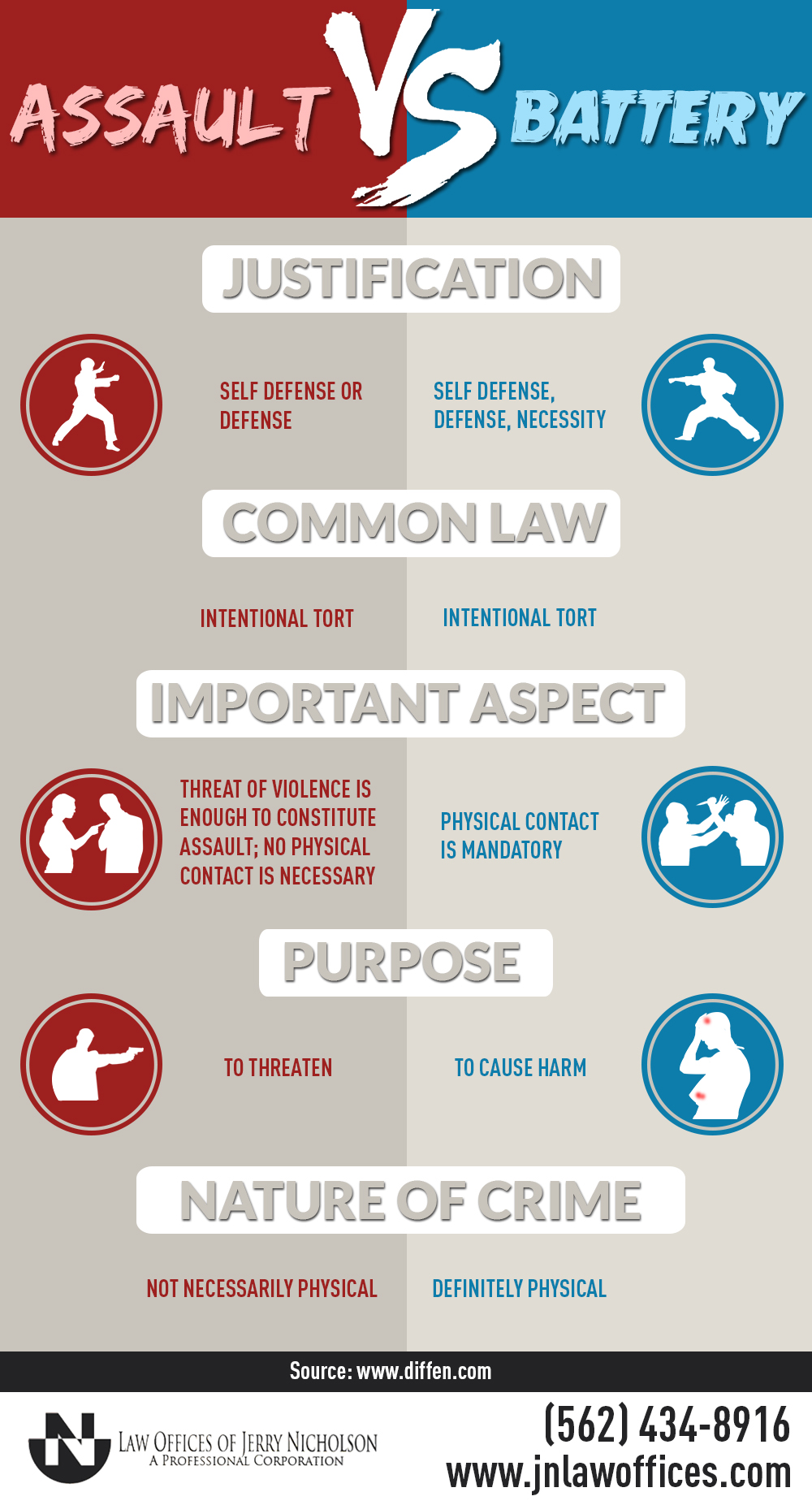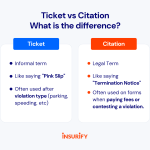Have you ever wondered what really sets battery apart from assault? Understanding the difference between these two legal terms is crucial, especially if you find yourself in a situation where you need to know your rights.
Picture yourself in a scenario where you need to distinguish between these actions—whether you’re protecting yourself, someone you care about, or simply aiming to stay informed. Getting a clear grasp of these definitions can empower you, helping you make informed decisions and avoid potential pitfalls.
Dive into this article, and discover the essential distinctions between battery and assault, so you’re always prepared and knowledgeable.
Defining Battery
Battery involves causing physical harm, while assault is the threat of harm. Both are serious legal offenses. Understanding these distinctions helps in recognizing the severity and nature of each act.
Battery is a term you might have heard in legal contexts, but what does it really mean? Imagine you’re at a crowded concert, enjoying the music. Suddenly, someone intentionally elbows you. That unwanted physical contact? That’s battery. It’s a concept in law that deals with unwanted or harmful physical contact. Understanding battery can help you know your rights and how to protect yourself in various situations.Legal Elements
To define battery legally, there are specific elements that must be present. First, there must be intentional contact. Accidental bumps don’t count. The contact must also be harmful or offensive. It’s not about a light tap on the shoulder; it’s about causing physical harm or being offensive in nature. Importantly, consent plays a role. If you agree to the contact, it’s not battery. Consider how these elements might apply in real-life scenarios you’ve witnessed or experienced.Examples Of Battery
Think of situations where battery might occur. Maybe you’ve seen a heated argument where one person pushes another. That push could be considered battery. Imagine playing a sport where someone goes beyond the rules and injures another player intentionally. That’s battery too. These examples show how battery can happen in everyday life, sometimes unexpectedly. Have you ever been in a situation where you wondered if the contact was intentional or harmful? Reflecting on these questions can deepen your understanding of battery and help you identify it.
Understanding Assault
Assault is often misunderstood in legal terms. It is not just physical harm. Assault can occur even without touching someone. It involves creating fear of harm. This is a key difference from battery. Battery involves physical contact. Understanding assault involves knowing its legal elements. Recognizing examples helps clarify its meaning.
Legal Elements
To define assault legally, certain elements must be present. First, there must be an intentional act. This act should create fear in another person. The fear must be of imminent harm. The person threatened must believe the threat is real. Words alone may not be enough. There must be an action backing the threat. These elements help determine if an assault has occurred.
Examples Of Assault
Simple gestures can be examples of assault. Raising a fist to someone can be assault. Swinging a bat at someone without hitting them counts. These acts create fear of harm. Threatening words paired with an aggressive stance can be assault too. Understanding these examples helps identify assault in different scenarios.
Key Differences
Battery involves actual physical contact or harm, while assault is the threat of harm without physical contact. Assault can make someone fear harm, whereas battery involves direct action causing injury. Understanding these legal terms is crucial in distinguishing between threats and actions.
When discussing the legal terms “battery” and “assault,” many people tend to confuse them, thinking they mean the same thing. However, knowing the key differences between these terms is crucial if you ever find yourself in a situation where you need to understand your rights or responsibilities. Let’s dive into these distinctions to help clarify any confusion. ### Intent and Action Battery involves an intentional act that causes harm or offense to another person. Think of it as someone deliberately hitting another person. Assault, on the other hand, doesn’t require physical contact. Instead, it’s about the intent and action of creating fear or apprehension of imminent harm. Imagine someone threateningly raising their fist—this is assault because it aims to instill fear, even if no punch is thrown. ### Physical Contact Requirement A key difference lies in physical contact. Battery requires actual contact, whether it’s a punch, shove, or slap. The contact doesn’t need to cause injury, but it must be offensive or harmful. Assault, however, does not require any physical contact. It’s more about the threat or attempt to cause harm. The mere act of making someone think they’re about to be hit can qualify as assault, regardless of whether the physical act is carried out. Think about your daily interactions: have you ever felt threatened by someone’s aggressive behavior? That sense of fear is precisely what assault addresses. Understanding these differences can help you determine what actions might be legally problematic and why. Does knowing that assault doesn’t need physical contact change how you perceive such situations? By distinguishing these terms, you can approach interactions more informed and prepared.
Common Misconceptions
Understanding the difference between battery and assault can be confusing due to common misconceptions. Many people think these terms are interchangeable, but they are distinct offenses in legal contexts. If you’ve ever found yourself in a heated discussion about these terms, you’re not alone. Sometimes, hearing them used in movies or TV shows can blur their meanings. But what do these terms really mean, and how do they affect you legally? Let’s break it down.
Overlapping Terminology
Battery and assault might seem similar because they both involve harm or the threat of harm. However, they have unique definitions. Battery refers to the actual physical contact or harm inflicted on another person. Think of it as the action itself. Assault, on the other hand, is more about the threat or intent to cause harm. It’s possible to commit assault without any physical contact. Imagine you’re at a party and someone threatens to hit you—without actually doing it—that’s assault.
These definitions can overlap in conversation and media portrayals, leading to misunderstandings. You might hear someone say, “He assaulted me,” when they really mean battery. It’s crucial to be precise in these terms, especially when discussing legal matters. Knowing the difference can empower you to better understand your rights and responsibilities.
Legal Consequences
The legal consequences of battery and assault vary significantly. Battery often carries more severe penalties because it involves actual physical harm. If you’re convicted of battery, you might face jail time, fines, or both. Assault charges can also be serious, but they focus on the threat or attempt to harm rather than actual physical contact.
Imagine finding yourself in a courtroom; how would you feel if the lawyer started discussing these terms without clearly distinguishing them? The stakes are high, and understanding the nuances could mean the difference between a minor penalty and a life-altering consequence. It’s essential to seek legal advice if you’re involved in a case that includes these charges.
Have you ever considered how easily a misunderstanding could escalate into a legal issue? Knowing the exact definitions and consequences can protect you from unintended legal battles. It’s not just about avoiding trouble; it’s about being informed and prepared.
Misconceptions about battery and assault can have real-world implications. By clarifying these terms, you can navigate conversations and legal scenarios with confidence. Next time you hear these words thrown around, pause and think about what they truly mean. Have you ever been surprised by the legal intricacies of everyday language?
Legal Implications
Understanding legal differences is crucial. Battery involves physical contact, while assault focuses on the threat of harm. Both are serious offenses with distinct legal implications.
Understanding the legal implications of battery and assault can help you navigate situations that might otherwise seem confusing. These terms are often used interchangeably in everyday conversation, but they have distinct meanings in the eyes of the law. Knowing the difference between them can be crucial if you’re ever faced with a legal situation involving these charges. ###Criminal Charges
In a legal context, assault typically refers to the threat or attempt to inflict physical harm on someone. This means you could face assault charges even if no physical contact occurred. Imagine a scenario where someone raises their fist at you in anger, causing you to fear an imminent punch—that’s assault. Battery, on the other hand, involves actual physical contact. If someone follows through and hits you, they’ve committed battery. The seriousness of the charge can depend on factors like the severity of the injury and whether a weapon was used. Courts take these charges seriously, and they can result in significant penalties. Both assault and battery can lead to fines, probation, or even jail time, depending on the circumstances. ###Civil Liability
Beyond criminal charges, assault and battery can lead to civil liability. This means the victim can sue for damages in a civil court. If you’ve ever seen a TV show where someone sues for “pain and suffering,” this is an example of civil liability in action. In civil cases, the burden of proof is often lower than in criminal cases. So, even if someone isn’t convicted of assault or battery in a criminal court, they might still face consequences in a civil lawsuit. Potential damages can include medical expenses, lost wages, and compensation for emotional distress. This can be a lengthy process, but it’s a way for victims to seek justice and compensation for their suffering. Have you ever considered how these legal distinctions might impact your actions or decisions? Understanding the potential repercussions can influence how you respond to confrontations or threats. Being aware of these legal implications can empower you to make informed choices and protect your rights.
Real-world Scenarios
Understanding battery and assault is crucial in real-world scenarios. Battery involves physical contact intended to harm, while assault is the threat or attempt to cause harm without contact. Knowing these differences helps in legal and personal situations.
Understanding the difference between battery and assault can be crucial, especially when considering real-world scenarios. These two terms are often misunderstood and used interchangeably, but they carry distinct legal definitions. Knowing how they apply in everyday situations can help you recognize the nuances of each. ###Case Studies
In a bustling city, imagine a crowded subway during rush hour. A man deliberately shoves another, causing him to fall. This act exemplifies battery as it involves intentional physical contact resulting in harm. Contrast this with a scenario in a park where an individual threatens another with raised fists, but never actually strikes. This is assault — the threat or attempt of harm without physical contact. These cases highlight how context matters. A simple shove can escalate into a legal issue if it crosses the line from accidental to intentional. ###Impact On Victims
Battery often leaves physical marks, affecting victims beyond the immediate pain. Imagine recovering from a bruise or fracture — it’s not just about healing physically, but also regaining a sense of safety. Assault, while lacking physical contact, can instill a profound sense of fear. The psychological impact can be just as damaging, if not more. Victims might find themselves avoiding certain places or situations, impacting their daily lives. Have you ever felt threatened without being touched? It can be just as real as a physical injury. Recognizing these impacts is crucial in understanding the full spectrum of these offenses. By focusing on specific scenarios and their effects, you gain a clearer understanding of battery and assault. This awareness not only aids in personal safety but also helps in supporting others who might be affected. How would you respond if faced with such a situation? Your approach could make all the difference.Frequently Asked Questions
What Defines Battery In Legal Terms?
Battery is intentional physical contact or harm without consent. It involves direct or indirect force. Unlike assault, it requires actual contact, not just the threat of harm. Legal consequences vary by jurisdiction.
How Does Assault Differ From Battery?
Assault involves threats or attempts to cause harm, creating fear. Battery requires actual physical contact. Assault can occur without physical contact, focusing on the victim’s perception of threat. Legal definitions differ by state.
Can Battery Occur Without Assault?
Yes, battery can occur without assault. If physical contact happens without prior threat or fear, it’s battery. For instance, a surprise punch can be battery without assault. Legal interpretations vary across jurisdictions.
Is Verbal Threat Considered Assault?
Yes, verbal threats can constitute assault if they create imminent fear of harm. The threat must be credible and immediate. Jurisdictions have varying criteria for what constitutes an assault through verbal threats.
Conclusion
Understanding battery and assault is crucial. Battery involves physical contact. Assault is a threat or attempt. Both are serious offenses. Knowing these differences helps in legal situations. Awareness can prevent misunderstandings. Protect yourself by recognizing signs. Stay informed. Respecting others’ boundaries is key.
Ensure safe interactions. Discuss concerns with legal experts. Knowledge empowers decisions. Share this information widely. Encourage discussions about safety. Every step matters in preventing harm. Educate peers about legal terms. Foster a culture of respect and understanding. This knowledge can make communities safer.
Let’s prioritize safety and awareness.

I’m someone who’s always been fascinated by how small differences can lead to big understanding. That’s why I love writing “What’s the difference between…” content; it helps me explore topics from multiple angles and explain them in a clear, practical way. Whether it’s tech, productivity, business, or everyday decisions, I enjoy making complex ideas easier to compare, understand, and act on.









